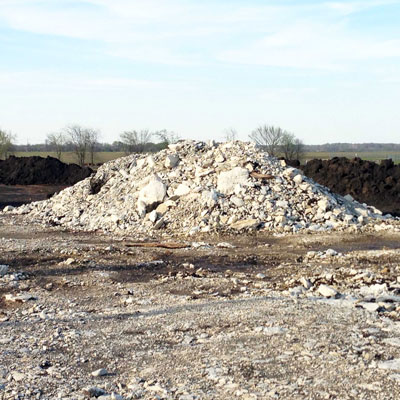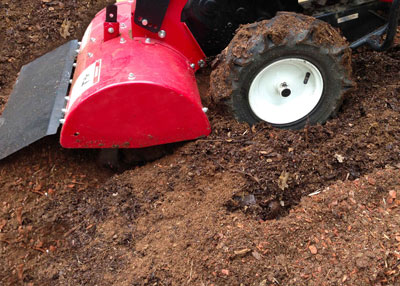Testing Time for Texas Soils
“Soils” isn’t exactly the most exciting topic in gardening. People would much rather be reading about sensational new flowers or tastier tomatoes, but neither would happen if it weren’t for our soils.

Photo: Texas soils cover the entire gamut, from clays to sands, fertile to infertile, deep to shallow, light-colored to dark. Regular soil tests are critical to coping with them.
This is the prime time for having your garden’s soil tested. A month ago it didn’t seem relevant, and one month from now the labs will be covered up with thousands of samples. Get yours in early so you’ll be ready for the earliest spring plantings.
Nutrient tests…
Basically you want to know your soil’s content of the three major nutrient elements, nitrogen (N), phosphorus (P) and potassium, or potash (K).
• Nitrogen is utilized by plants for leaf and stem growth. It is the most soluble of the major elements (fastest to be leached away), so it’s most likely to be lacking.
• Phosphorus promotes growth of roots, flowers and fruit. You’d think it would be a critical component of any fertilizer you might add, but don’t be surprised if your soil test comes back showing excessive levels of phosphorus in your soil. That won’t always be the case, but since phosphorus is very slowly soluble, it tends to accumulate in the soil, sometimes to almost toxic levels. This is one of the main reasons you want to have a soil test run on your ground every two or three years – to monitor levels of phosphorus.
• Potassium is critical for winter and summer hardiness of your plants. However, it’s usually present in sufficient quantities in Texas soils, so you’ll rarely need to add specifically potassium.
Other key tests…
The soil’s pH. Have it checked. That’s a measure of the acidity or alkalinity of the soil. Most garden plants do better in slightly acidic soils. Strongly acidic and strongly alkaline soils may require corrective actions. The soil scientists can interpret the results and guide you to the right solutions.

Photo: Every few times you rework garden soils you ought to have them tested for shifts in nutrient and mineral salt accumulations.
Soluble salts. Think about boiling a pan of water dry on the stove. There is a skiff of mineral salt left behind as you do. Do it again and again and you get more and more salt. The same thing happens to soils if you over-apply organic or inorganic fertilizers that are high in mineral salts or if you fail to water sufficiently to leach the minerals out of the soil. Your soil test will show you what’s going on.
Where do you have your soil tested?
There are several good labs around Texas. Some independent retail garden centers offer soil-testing services to their customers. And, as you might expect, Texas A&M has a fine soil testing laboratory that is used by consumers and growers alike. Fees for these tests will vary, so check through the forms very carefully.
Collect your soil samples carefully. I prefer to collect one sample from my lawn and landscape plants and another separate sample from my flower and vegetable beds. I dig several small amounts of soil from each category, then I mix them together for composite samplings of our gardens’ soils.
You used to have to go to the county Extension office to pick up instructions and mailing materials for the TAMU lab. Now, however, all the things you’ll need are listed on their website: http://soiltesting.tamu.edu
